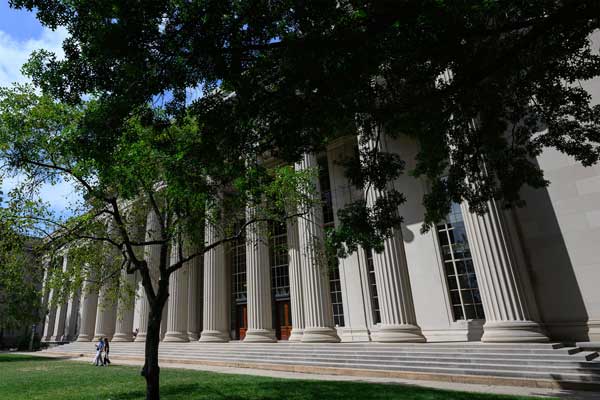Spotlight: Nov 28, 2025
As an undergraduate, Claire Southard ’25 studied computer science while remaining an active musician. Now, in MIT’s graduate program in music technology, she says: “I don’t have to just be a computer scientist and then in my free time play the piano.” Visit MIT News






